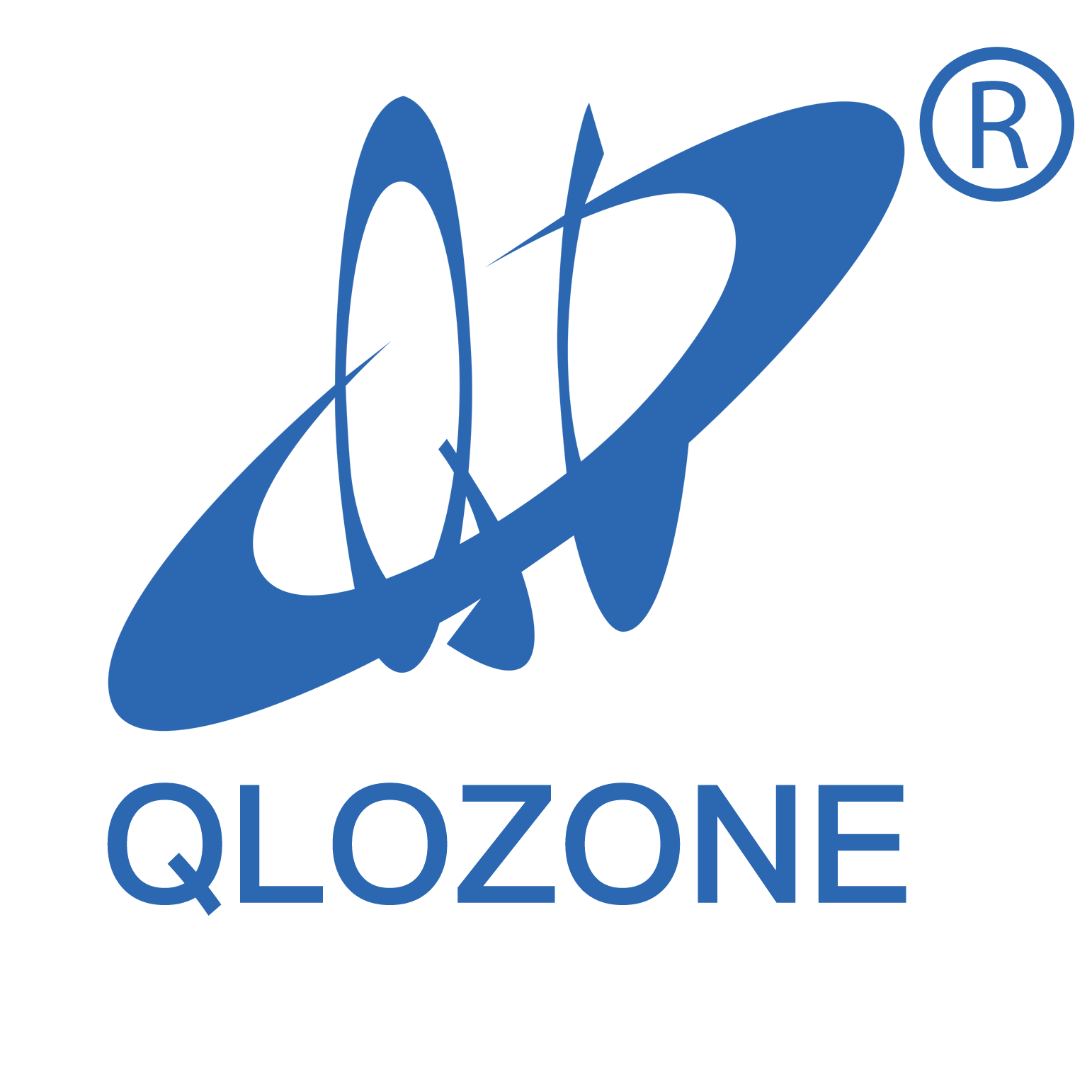Understanding the Critical Role of Filtration in Koi Pond Oxygenation
A thriving koi pond ecosystem depends heavily on proper oxygenation, and the koi pond filter plays a pivotal role in maintaining optimal oxygen levels. Beyond simply cleaning the water, a well-designed filtration system works in harmony with natural processes to ensure your precious koi have the oxygen-rich environment they need to flourish. Let's explore the intricate relationship between filtration and oxygen maintenance in your pond ecosystem.
The Science Behind Pond Filtration and Oxygen Exchange
Mechanical Filtration and Surface Agitation
The mechanical components of a koi pond filter create essential water movement that increases oxygen exchange at the water's surface. As water passes through the filter and returns to the pond, it creates ripples and disturbance that break the water's surface tension. This process, known as surface agitation, maximizes the interface between air and water, allowing atmospheric oxygen to dissolve more efficiently into the pond.
Modern koi pond filter systems often incorporate waterfall features or fountain attachments that further enhance this oxygenation process. The cascading effect of water falling back into the pond not only adds aesthetic appeal but also introduces countless tiny air bubbles that increase dissolved oxygen content.
Biological Filtration and Oxygen Consumption
The biological aspect of a koi pond filter houses beneficial bacteria that break down harmful compounds like ammonia and nitrites. These bacterial colonies require oxygen to function effectively, creating a delicate balance between oxygen consumption and production in your pond system. Advanced filter designs account for this by ensuring adequate oxygen supply to both the biological filter media and the main pond water.
The relationship between biological filtration and oxygen levels is particularly crucial during warmer months when bacterial activity increases. A properly sized koi pond filter will maintain this balance without depleting oxygen levels that your koi need for healthy respiration.

Advanced Filtration Technologies for Optimal Oxygenation
Integrated Aeration Systems
Modern koi pond filter systems often come equipped with built-in aeration features. These may include venturi devices that inject air directly into the water flow, or specialized chambers that maximize oxygen dissolution. Such integrated systems ensure consistent oxygen levels throughout the pond, preventing dead zones where oxygen levels might otherwise drop dangerously low.
Some advanced filters utilize vortex technology, creating a spinning water motion that not only separates debris but also incorporates air into the water column. This innovative approach combines filtration efficiency with enhanced oxygenation, providing multiple benefits from a single system component.
Smart Monitoring and Control Systems
The latest generation of koi pond filter technology includes sophisticated monitoring capabilities that can track oxygen levels in real-time. These systems can automatically adjust filtration rates and aeration intensity based on current conditions, ensuring optimal oxygen levels are maintained even as environmental factors change throughout the day.
Digital controllers can now integrate with multiple pond components, coordinating the operation of filters, air pumps, and water features to maintain ideal oxygen levels while maximizing energy efficiency. This smart approach to pond management represents the cutting edge of koi keeping technology.
Maintenance Practices for Optimal Filter Performance
Regular Cleaning and Media Replacement
To maintain effective oxygenation, your koi pond filter must be kept in prime condition. Regular cleaning prevents clogging that could restrict water flow and reduce oxygen exchange. The frequency of maintenance depends on factors such as pond size, fish load, and seasonal conditions, but generally, mechanical filter components should be cleaned every few weeks.
Filter media should be replaced according to manufacturer recommendations to ensure optimal biological filtration and oxygen distribution. However, care must be taken not to clean all biological media simultaneously, as this could disrupt the beneficial bacterial colonies essential for pond health.
Seasonal Adjustments and Optimization
Different seasons require different approaches to filtration and oxygenation. During summer months, when oxygen levels naturally decrease due to warmer water temperatures, your koi pond filter may need to work harder to maintain adequate oxygen levels. This might involve increasing flow rates or adding supplementary aeration.
Winter presents its own challenges, and while fish require less oxygen during colder months, maintaining some water movement through your filter system is crucial for preventing ice formation and ensuring gas exchange can continue. Many pond keepers adjust their filtration systems seasonally to match these changing requirements.
Frequently Asked Questions
How can I tell if my koi pond filter is providing enough oxygen?
Monitor your koi's behavior - they should be active and not gasping at the surface. You can also use a dissolved oxygen meter for precise measurements. Clear, odor-free water and healthy plant growth are additional indicators of good oxygenation through proper filtration.
What size filter do I need to maintain proper oxygen levels?
Your koi pond filter should be sized to process the entire pond volume at least once every two hours. For heavy fish loads or ponds in warm climates, more frequent turnover may be necessary to maintain optimal oxygen levels.
Should I run my pond filter 24/7 for optimal oxygen levels?
Yes, continuous operation is recommended to maintain stable oxygen levels. Any interruption in filtration can lead to rapid oxygen depletion, particularly in heavily stocked koi ponds. Modern energy-efficient filters make 24/7 operation both practical and economical.

